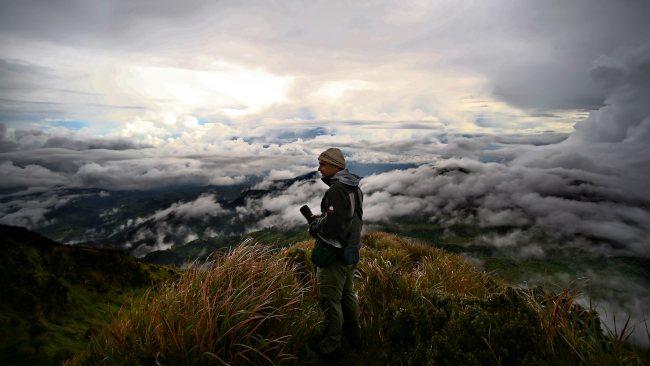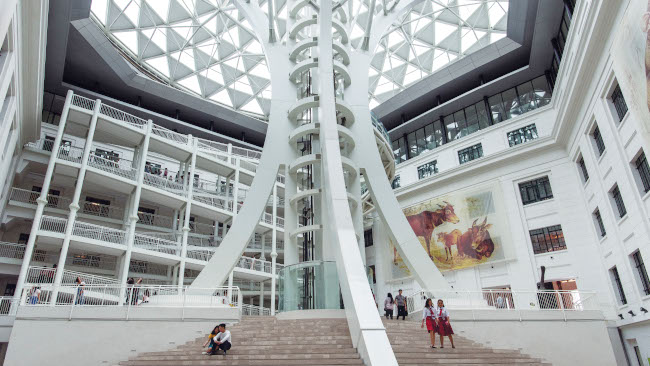- ホーム
- フィリピン大統領
- フィリピン外務長官
- 特命全権大使
- フィリピン大使館
- 領事部
- 申請業務
- 査証(ビザ)
- パスポート
- (English) New Application ( Adult )
- (English) New Application ( Minor )
- (English) Renewal Application ( Adult )
- (English) Renewal Application ( Minor )
- (English) Special Cases ( Lost Passport, Assumed Identity, Mutilated Passport )
- (English) Travel Document
- (English) List of Acceptable IDs for Philippine Passport Application
- 各種登録手続き
- 公証業務
- その他
- アポスティーユ
- (English) Recognition as a Filipino Citizen
- フィリピン国籍者の遺体搬送
- 遺骨をフィリピンへ持参する場合
- メディア関係者適格認定申請ガイドライン
- PSAデリバリーサービス
- (English) Registration of Filipino Community Organizations With The Philippine Embassy in Tokyo
- (English) Legal Assistance in the Philippines
- (English) DSWD Guidelines for Minors from the Philippines Traveling Abroad
- (English) ATN Corner
- (English) Arrest and Detention
- (English) Arrest Procedures
- (English) Domestic Violence
- (English) Trafficked Persons
- (English) Sickness
- (English) Mental Health
- (English) Death and Shipment of Remains
- (English) Repatriation of Filipino Nationals
- (English) Disaster Preparedness
- (English) Support for Tourists
- (English) Support for Residents
- (English) Disclaimer
- フィリピン領事館
- 申請費用
- 申請用紙ダウンロード
- 申請業務
- 関連省庁
- 連絡先
- (English) Speeches
- Follow us:






フィリピンワシ保護区
Philippine Eagle Sanctuary, Davao City

アポ山
Mt. Apo, Davao

シアルガオ島 スリガオ デル ノルテ
Siargao Island, Surigao del Norte

ボラカイ

地下河川、パラワン
Underground River, Palawan

トボリ ダンサーズ レイク セブ
Tboli Dancers, Lake Sebu

ロボック リバー クルーズ ボホール
Loboc River Cruise, Bohol

シヌログフェスティバルセブ
Sinulog Festival, Cebu

サンチャゴ要塞 マニラ
Fort Santiago, Manila










